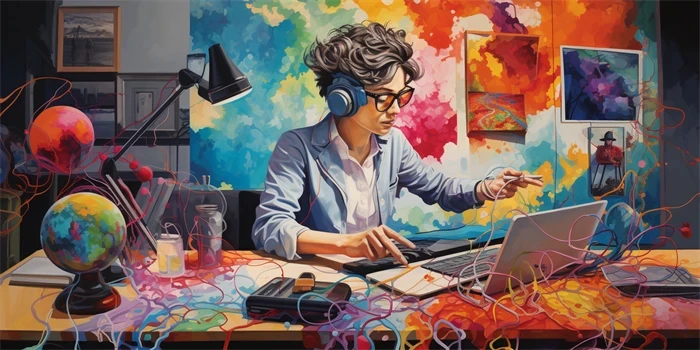In recent years, virtual reality (VR) has made significant strides in delivering immersive experiences that transport users to virtual worlds. However, the future of VR lies in the integration of artificial intelligence (AI) to enhance these experiences even further. By leveraging AI technology, VR can reach new levels of realism, interactivity, and personalization. Let’s explore the possibilities and potential advancements that AI brings to the next-generation of VR.

1. Enhanced Realism:
AI can revolutionize VR by creating more realistic virtual environments. By analyzing vast amounts of real-world data, AI algorithms can generate lifelike textures, lighting, and physics simulations. This level of realism enhances immersion and creates more believable virtual worlds.
Additionally, deep learning techniques in AI can generate realistic human avatars, mimicking facial expressions and body movements with remarkable accuracy. This advancement in character rendering enhances social interactions and presence in VR experiences.
2. Intelligent NPCs:
AI-powered non-playable characters (NPCs) can significantly improve the quality of VR games and simulations. AI algorithms can make NPCs more intelligent and adaptable, allowing for realistic behaviors and dynamic interactions. NPCs can respond to user actions, learn from them, and adjust their behavior accordingly, creating more engaging and challenging experiences.
Moreover, AI can enable NPCs to understand natural language, facilitating more realistic and immersive conversations. This paves the way for interactive storytelling experiences with complex narratives and branching dialogues.
3. Personalized Experiences:
AI can tailor VR experiences to individual users based on their preferences, behaviors, and physiological responses. By monitoring biometric data, AI algorithms can adapt the virtual environment in real-time, adjusting factors like lighting, sound, and difficulty level to optimize user comfort and engagement.
In addition, AI can analyze user interaction patterns and preferences to generate personalized content recommendations, ensuring that each user gets the most relevant and enjoyable experiences.
4. Intelligent Content Generation:
With AI, the process of creating virtual worlds and objects becomes more efficient and automated. AI algorithms can generate vast amounts of content, such as procedural landscapes, buildings, and objects, reducing the need for manual modeling.
Furthermore, AI can aid in the creation of interactive and dynamic narratives. By analyzing user choices and behaviors, AI algorithms can generate compelling storylines, adapting the plot to create personalized and unique experiences for each user.
5. Natural Interaction:
AI-powered technologies like natural language processing and computer vision enable more intuitive and natural interactions in VR. Users can communicate with virtual characters using voice commands or gestures, making VR experiences more immersive and user-friendly.
Moreover, AI can enable real-time object recognition and tracking, allowing users to interact with real-world objects in the virtual environment. This integration blurs the boundaries between the physical and virtual worlds, enhancing the sense of presence.
FAQs:
1. Will AI in VR replace human players?
No, AI in VR is designed to enhance the overall experience, not replace human players. The integration of AI enables more intelligent and dynamic NPCs, making interactions with virtual characters more engaging. Human players remain a crucial element for social interactions and unpredictable gameplay.
2. Can AI create dangers or risks in VR?
While AI can create challenging scenarios in VR, the risks are controlled and monitored. Developers ensure appropriate safety measures to prevent any real harm to users during the VR experience. Moreover, the integration of AI allows for dynamic adjustments, ensuring a balance between immersion and user comfort.
3. How can AI benefit VR outside of gaming?
AI-enhanced VR has applications beyond gaming. It can revolutionize training simulations for various industries such as healthcare, aviation, and military. Additionally, VR enhanced with AI can provide virtual travel experiences, architectural visualizations, and therapeutic applications like exposure therapy for phobias or PTSD.
Conclusion:
Next-level VR experiences are within reach with the integration of AI. Enhanced realism, intelligent NPCs, personalized content, and natural interactions are just a glimpse of the potential advancements AI brings to VR. As AI technology continues to evolve, the possibilities for creating immersive and transformative VR experiences are limitless.
References:
1. Virtual Reality and Artificial Intelligence: A Perfect Match – [Link]
2. Enhancing Immersion in VR with AI – [Link]
3. The Future of VR: AI-Powered Realism and Interactivity – [Link]


